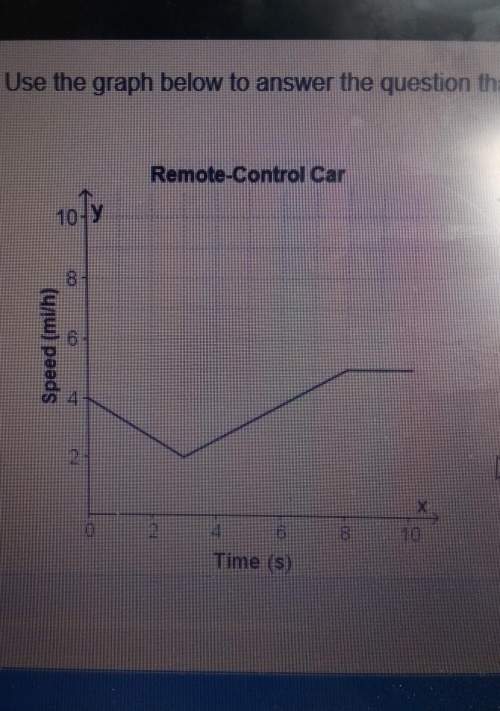
Mathematics, 11.09.2019 03:30 zyreahunt9282
5. seating in theaters or auditoriums is often arranged such that rows closer to the stage have less seats than
rows farther away. an example of a seating chart for a theater is shown below.
(a) assuming this pattern continues, fill out the
following table:
non
row,
row 3
number of
seats, s
row 2
11
row 1
stage

Answers: 2


Other questions on the subject: Mathematics

Mathematics, 20.06.2019 18:02, ziaa9690
Rita wants to buy sweater that was originally priced at $25 today the sweater is on sale for 40% off the original price what is the sale price of the sweater. rita has a coupon for an addition 10% off the sale price. how much will rita pay for the sweater before taxes
Answers: 2



Mathematics, 22.06.2019 02:30, alleshia2007
Which problem would you use the following proportion to solve for? 24/x=40/100 a. what is 40% of 24? b. what percent is 24 of 40? c. twenty-four is 40% of what number? d. forty percent of 24 is what number?
Answers: 3
You know the right answer?
5. seating in theaters or auditoriums is often arranged such that rows closer to the stage have less...
Questions in other subjects:









Social Studies, 06.09.2019 18:20




